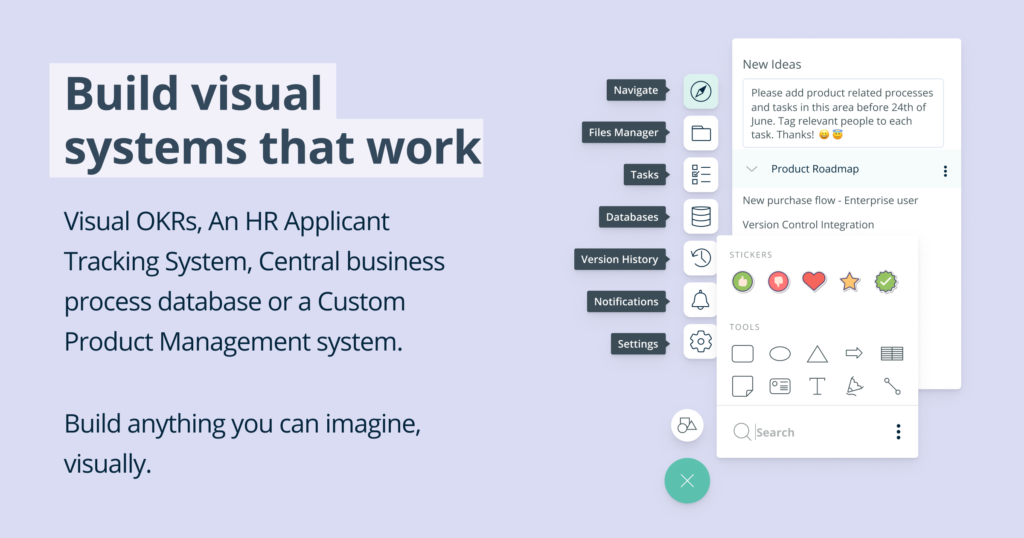What is a quality business requirement?
A quality business requirement is a business statement that articulates clearly, completely, and succinctly what that business needs in order to alleviate an issue or solve a particular problem.
It’s easy to define a business requirement, and any Business Analyst can do it: simply copy one from elsewhere, and hand it over. However, it is far more difficult to produce a quality business requirement tailored to a particular business’s needs. By ‘quality’ I mean that the requirement must actually address the true business need or problem directly. Below are some best-practice guidelines to apply to ensure that your requirements are indeed of excellent quality!
Tip 1: Do not re-invent the wheel
 Requirements between projects are often very similar. This can be easily recognized at a high level, and with more business analysis experience you start to recognize similarities even at lower levels of detail. Prepare your requirements framework up-front by re-using your previous project’s requirement sets as much as possible.
Requirements between projects are often very similar. This can be easily recognized at a high level, and with more business analysis experience you start to recognize similarities even at lower levels of detail. Prepare your requirements framework up-front by re-using your previous project’s requirement sets as much as possible.
Tip 2: Lead your stakeholders to define their requirements
People are much better at changing something that is already in existence than coming up with their own ideas from scratch. Even if they do come up with their own requirements from scratch, they will revise the requirements multiple times. Save significant amounts of time by coming up with a requirements set to use as a foundation to start your requirements work from. This way, even if your requirements are reviewed multiple times, you will end up with a much more well-defined set of requirements that are higher in quality.
Tip 3: Talk to enough people, preferably at the same time.
All stakeholders will have their own ideas of why a particular requirement is required or not required. They also have their own ways of articulating what the requirement is. This can have an impact on how you interpret their requirements in turn. If you can talk to more people at the same time about the business requirements, any specified requirements will be articulated better; there will be reasons given as to why any given requirement is valid; and the requirements elicited in a group environment will be explained in greater detail and will more closely fit the business needs.
Tip 4: Focus on the ‘what’ rather than the ‘how’.
People are motivated by solutions first and the “how to get there” later. Due to our survival instincts, when danger presents itself we don’t want to spend much time thinking about what is going on; instead, we jump into action to solve the problem by running away, or we simply scream our way out! While we have evolved from our primarily instinct-driven days, the human brain is not very good at telling a real threat (such as a shark) from a perceived threat (such as an urgent business need). It works the same with requirements. Often by the time the Business Analyst gets involved the stakeholders are already in “solution mode” – and there will almost always be someone who asks “how will this work?”. This doesn’t motivate people, and they will have trouble thinking through what their requirement is if they are focusing too much on the “how”, rather than the “what”. As a Business Analyst your role is to bring the conversation back to what the requirement is actually all about.
You can do this by using a few simple language tricks such as reframing what the conversation is all:
“So what I am hearing is that you would like to have XYZ to perform ABC” because [insert the business driver or need this will solve here].
 Or simply ask the question: “Why is it important for the business to be able to have feature XYZ /perform function XYZ / have a process to manage XYZ?” This will bring the conversation back to what the requirement is working towards in the business context.
Or simply ask the question: “Why is it important for the business to be able to have feature XYZ /perform function XYZ / have a process to manage XYZ?” This will bring the conversation back to what the requirement is working towards in the business context.
Using these simple techniques to drive the conversation away from “solution mode” and back to the “business requirement”. Make sure you provide reasons that will stimulate the discussion to bring quality requirements to the forefront and help to shape them even more.
Tip 5: Remember to always ask: Why?
This brings us to the final, very important point. All Business Analysts must remember to be a child again and keep on asking “why?”.
To assist your stakeholders in coming up with what the real requirements are, you must question the requirements one by one to the point of truly understanding the business need and drivers behind each requirement. This simple but very effective technique will ensure that your requirements are addressing the correct problems or needs within the business, and will guarantee that your requirements are aligned with business scope.
Enjoy your next requirements elicitation meeting and see just how much of a difference these simple tips can make to the quality of your requirements sets.




